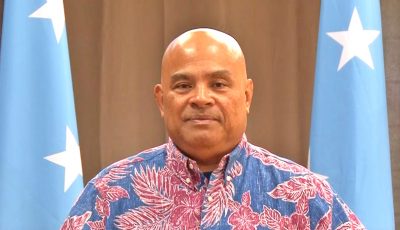Jiu Yi Ba Mukden incident
A big granite-like stone tablet is a massive structure in the Sept. 18 Museum in Shenyang to commemorate what is known outside Manchuria as the Mukden Incident (my students in 2010-14 never heard of “Mukden,” the Manchu name for their city).
On Sept. 18, 1931, Japanese forces guarding the South Manchuria Railway station near Mukden—Japan’s thrust into northeast China (Manchuria)—feigned a bomb attack blamed on China’s nationalist forces to justify Japan’s military invasion of Manchuria. Earlier that year, Chiang Kai-shek, Zhang Xue Liang (the marshal and air force aficionado dubbed “hero of history” of Liaoning), the Hui and Mongol Muslim Ma Fuxiang, all generals, convened to assert Chinese sovereignty over Japanese presence in Manchuria. It didn’t work.
Let’s deal with the geography and people. The Manchu, the last imperial ruler of China as the Qing Dynasty, were not Han. Han is the classic Chinese since Shi Huangdi of Qin united warring states to form China in 221 BC, centered in what was Chang’an, now Xi’an in Shaanxi Province west of Beijing. The Manchu, a northeast people, lived north of the Great Wall, outsiders of the realm. The Manchu Qing followed the Han Ming who completed the Great Wall so that Mongols like the Khans who earlier launched the Yuan Dynasty would not occur again.
Manchuria was open territory fought over by the Russian Empire of Tsar Nicolas II and the resurgent Japanese Empire after the Meiji restoration and its industrialization that emboldened expansionist Japan. Nippon considered its presence in Manchuria not as an invasion but as territorial rights along with the annexation of Korea, an area coveted by Russia as it was next to Siberia in the Far East.
The Battle of Mukden during the Russo-Japanese war of 1904-05 saw Russia and Japan bleed without victory; Japan’s naval humiliation of Russia in the Tsushima Strait 1905 led to the Treaty of Portsmouth in Maine brokered by U.S. President Teddy Roosevelt that earned him a Nobel Peace Prize.
Japan’s lease granted by China on the Manchuria Railway was considered to be of the same kind as China earlier inked with Russia, with full rights and privileges of free movement in the territory by Japanese forces guarding the railway. At the time, Japan experienced a subversive democratization of command called Gekokujo that tolerated lower command to take military initiatives acknowledged by higher ups when a goal is achieved. Not exactly insubordination but strict command top-down was taken lightly.
Manchuria came to our consciousness with the popular film The Manchurian Candidate released in ‘62 and considered then as a classic of the political thriller genre. It starred pensive Laurence Harvey, lightweight Frank Sinatra, and an intense Angela Lansbury in an Academy award-nominated performance. Filipino soldiers fought on the U.S. side during the Korean War in 1950-53, and the tirade against the Communist in Philippine media was pro-Chiang and anti-Mao; the Manchurian Candidate got us to learn Dong Bei’s locale and geography.
I’ve been past the Shenyang Museum many times, though I have yet to leave footprints on its threshold. One of the city’s highlights, it is a schizophrenic dichotomy of China’s copycat of things Japanese on one side and a profound hatred of the Japanese on the other. Riben is the formal name for Japan but wukuo is the generic term for a marauding bandit barbarian used to refer to the Japanese.
The Chinese utilizes Japanese technology in vehicles and electronics, widespread and frequent. Asked if they personally know or have a personal relationship to a Japanese and the answer is invariably negative. But asked how they feel about the Japanese and the response is one of hate, and deep.
The Sept. 18 Jiu Yi Ba museum sustains this hatred of the Japanese “invasion” of Manchuria, and though the Manchu was literally outside of China’s boundary and had during the Qing’s reign even limited Han’s migration to Manchuria, like any other part of China the Han predominates culturally and administratively. While China recognizes ethnic minorities and five autonomous regions with other smaller units of governance defined by ethnicity, the Han from Central China predominates in all respect within the boundaries set by Chiang and affirmed by Mao.
Mandarin and its Hanzi characters are used in the Beijing area; it is the official tongue and script of the nation (the world’s currently favored and highly marketable dialect). The Han reach out to 10 percent of its population giving them procreative prerogative of more than one child in China’s one-child policy. Three friends who were native of Xinjiang from the same family worked on Saipan in the early 2000s. Their Shanghai-residing family was allowed more than the one-child restriction because of their ethnic identity.
Jiu Yi Ba is a relic of the past. New Nippongo lived in the shadows of uranium fission and plutonium fusion in August ‘45. China could give the wukuo term a rest.



























